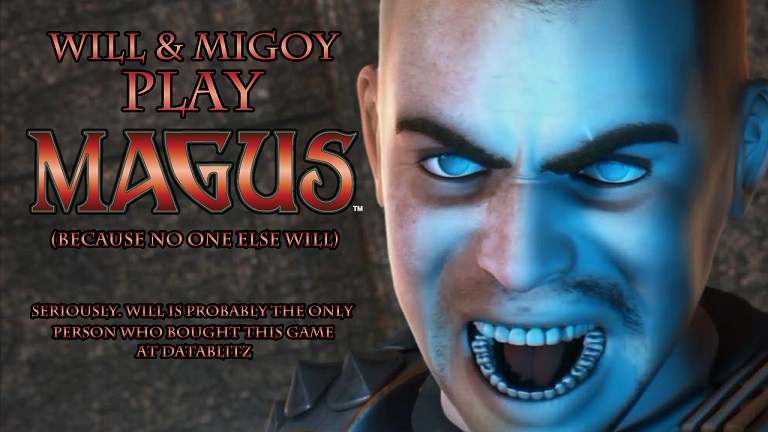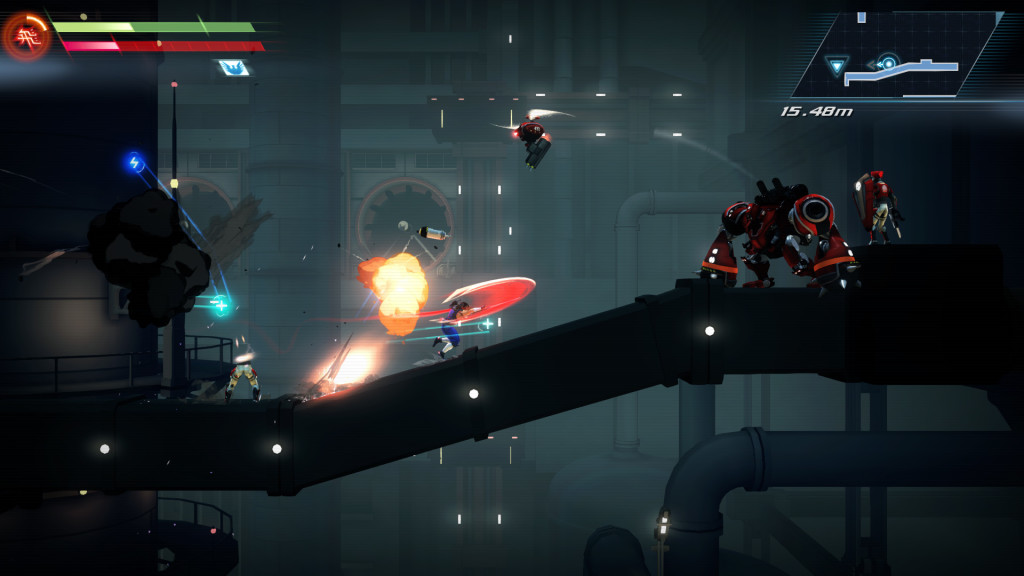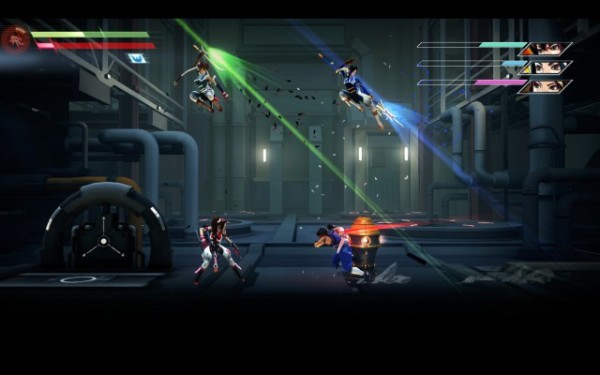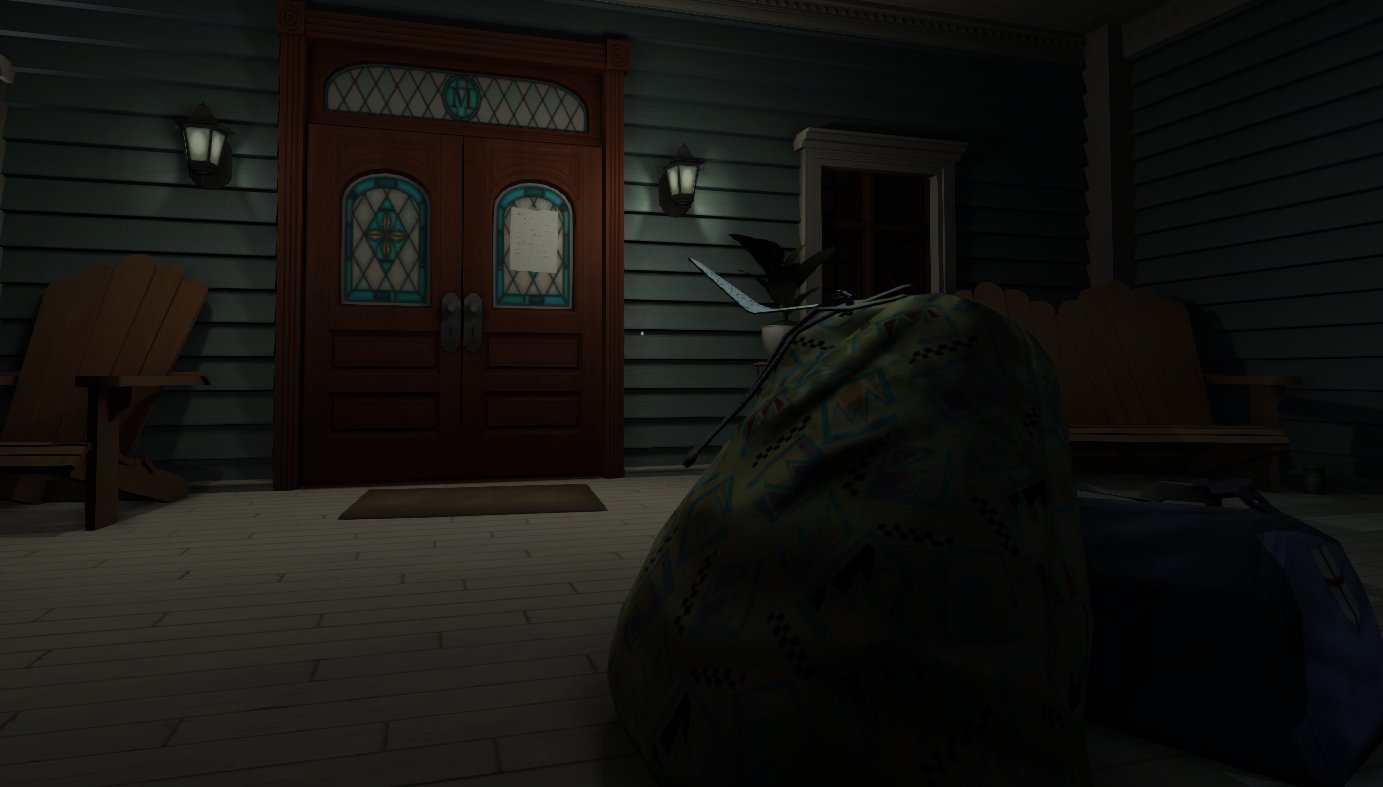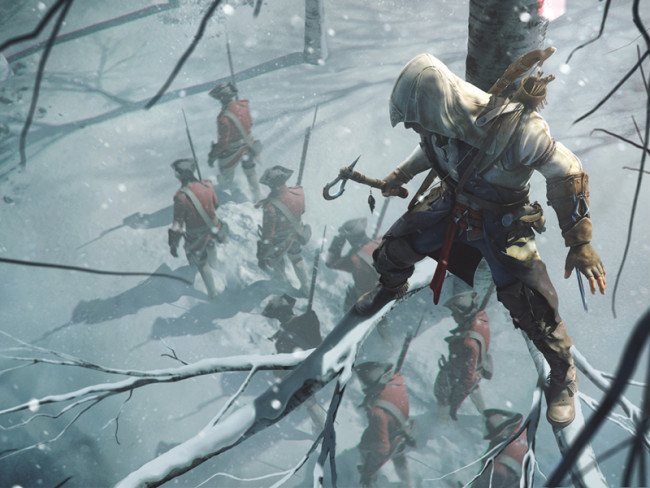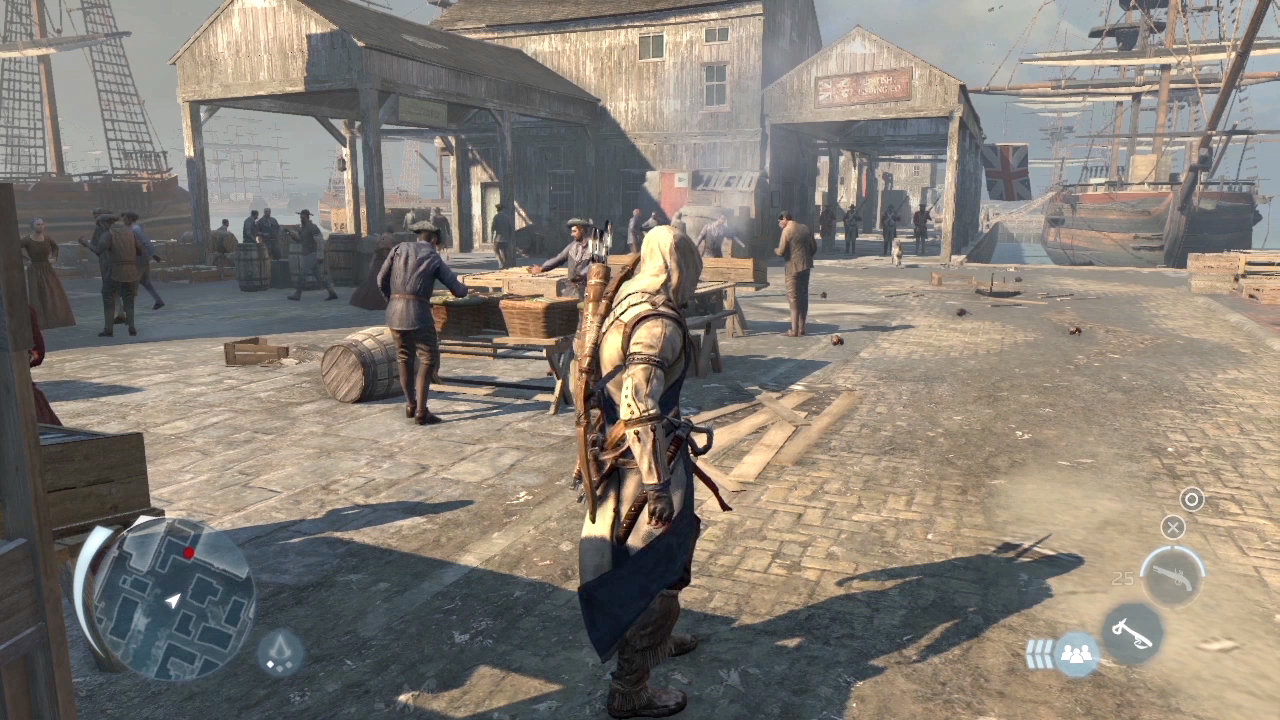Heroes of the Storm: Will it break through a crowded genre?
/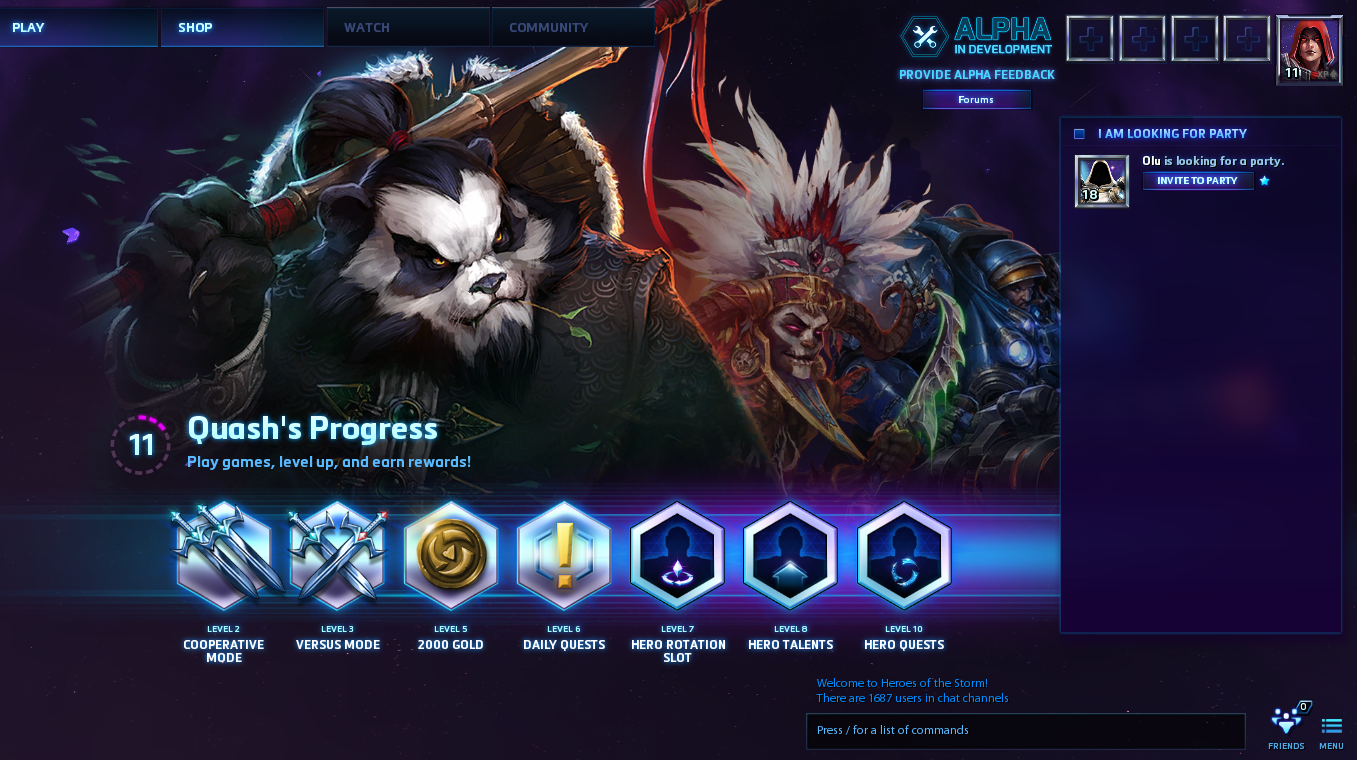 The Alpha of Heroes of the Storm has taken my weekend. The MOBA(Multiplayer Online Battle Arena) scene is already crowded with the likes of League of Legends and Dota 2 and I was wondering if there was a place for Blizzard's take on the genre. After playing game after game close to 3AM for three days, its changes to the 5v5 formula got me excited for a MOBA once again.
The Alpha of Heroes of the Storm has taken my weekend. The MOBA(Multiplayer Online Battle Arena) scene is already crowded with the likes of League of Legends and Dota 2 and I was wondering if there was a place for Blizzard's take on the genre. After playing game after game close to 3AM for three days, its changes to the 5v5 formula got me excited for a MOBA once again.
Now, before I say anything about this game - IT'S CURRENTLY ON ALPHA DEVELOPMENT. This game is not yet close to complete and the final product might come out different in the future.
Okay, with that out-of-the-way, let's begin. How is Blizzard's MOBA? For starters, it's a breath of fresh air. In its core, it's just like any other MOBA; five players control one hero and attempt to destroy the other players base before they lose their own. But that's where the comparison ends. Blizzard didn't just change one or two things to make it stand out, they took out most of the features that we consider as a standard in this genre.
Items? What items?
Let's start with the biggest change -- There are no items to gear up your hero. Yes, the grind to get the best item in order to be a force to be reckoned with is not present at Heroes of the Storm. There isn't even any gold to earn while killing those mindless creeps set to charge into the enemy's base. That change alone makes this MOBA interesting. At first it comes out as a turn off because the deep customization comes from the item management system, but I came to love this change after playing a few matches. For one, grinding is less in this game considering there's nothing to earn except experience. All you are given is hero clash after hero clash with it never stopping.
You can still create builds though with heroes. That's were the talent system comes in. Every two levels, you are given the choice of up to 4 talents that can either give your hero a new ability or alter existing ones. Diversity for each hero is still hard to gauge since Heroes of the Storm is still under development, but the potential of having different variations of a hero and coming out viable is there. Basic skills will unlock right off the gate and you get to choose one of the two special skills when you hit level 10. The 'ultimate' skill of the hero, that's what some call it.
Play together, level together
You guys still with me? I hope so because we have another big change. In Heroes of the Storm, heroes don't have a level, the team does. All the experience earned during a match goes to the overall experience bar of the team, once the team goes up a level, all heroes levels up at the same time, increase their base stats and damage of their skills. Again, another move to support the idea of "team play". The traditional stick to your lane is hardly present in Heroes of the Storm. During a course of a match, you see clash after clash in just minutes after the gates open. People heading over to the map's main objective, joining your team in taking down mercenary camps is what I mostly see in every game. Going alone is never a good idea.
The only drawback is the big gap you'll feel once a team is down a few levels against the opponent. Once your down a few levels, your whole team will feel it once a clash happens. Thankfully, the game is so fast paced, getting back those levels by killing 'creeps' and taking down a few heroes can close the gap easily. So there's still a reason to cover lanes, but it's not a priority anymore. Objectives are now the priority.
Objectives matter
The overall goal is still to destroy that big structure in the enemy's base, but there's now a map-specific objective that would greatly support your overall goal. Currently, there are four maps to play on, each with a mechanic that can give you a quick lose if left ignored. After a few minutes, the objective kicks in and it requires you to do specific tasks to get an advantage in laying siege to your opponent's base. For example - in the Blackheart's Bay map, players must collect coins found in chests and in mercenaries, and turn them in to Blackheart found in the middle of the map. Once the team collects the right amount of coins, Blackheart will use his ship to bombard your enemy's towers with a few rounds. Once he's done, teams will have to collect the coins again to get support from him. I've learned this the hard way, or rather my team did. These bombardment's from Blackheart is a huge push for your team. When we've realized that, once the chests have appeared for looting, everybody drops what they were doing and raced for the coins. This results in constant clashes because the opposing team is also aware of how important the objective are to get the win.
These objectives are a great addition, which again supports "team play". I say that a lot I know, but every new change supports that idea. It's difficult being the lone wolf here simply because all the action happen around the objectives anyway, resulting in hero synergy to take into effect, as well as those clutch skill use to give your team the upper hand during a clash. The map size is also a big plus in Heroes of the Storm. You find yourself dead, but once you revive, it only takes a few seconds to get back into the action thanks to your trusty mount(Pretty awkward seeing Diablo ride a horse though). Maps are small, but it helps Heroes of the Storm become a game that's all action most of the match. The tedious forest farming or creep farming, and only engaging when you have the proper gear is out the window. Even at level 1, clashes will happen, making it an exciting game even at the start.
Profile progression is a thing
There maybe no currency during matches, but outside matches, you need gold to obtain your preferred hero. After a match, you are given experience for your profile, that when you level up, you unlock new features like daily quests, hero rotation slots, hero quests, and gold. With that gold, you can use it to unlock a hero permanently. Every week, there's a set of heroes available for every player(Similar to League of Legend's hero rotation), if you have that favorite hero that you'd like to have access to, you can spend some gold for it...or real money($9.99 per character as of the Alpha build). Heroes of the Storm will have a similar business model to the likes of Dota 2 and League of Legends, but it's funny that you can spend real money already even though it's currently in the Alpha stages. Blizzard has warned players beforehand that account wipes will occur as development moves forward, so players that spent a good amount of real money to acquire heroes gets a refund in full. Only problem is, that amount is placed into your Battle.net account's wallet. No withdraw feature? Ah well.
What? A MOBA that's easy to learn?
Thanks to the item management and individual leveling, the learning curve is quite steep for MOBA's. It takes a couple of games to get a grip of the gameplay in order to contribute for your team. The fact that Heroes of the Storm has no items, and everybody levels at the same time, it's easier to grasp how the game and heroes work. The fact most games reach around 30 minutes per match, the time it takes to learn is smaller than other games. This makes it very open to casual gamers not familiar with the genre. Mechanics are simpler, and you won't find those scenarios of players being completely useless because they don't know what item to get or they're 3-4 levels behind other heroes. With its simplicity, Heroes of the Storm has a very comfortable space for an already crowded scene. It being a competent competitive game, that's hard to say at this point since ranked play and other features supporting professional players is still not available.
I've dumped a hefty amount of hours on Heroes of the Storm and I wasn't expecting this one to be promising. At first glance, it looked like a horrible MOBA clone that just wants part of the pie. In the end, it's a game that has the right idea to separate itself from the pack. Changing a lot of the expected features really makes it stand out, and the heavy emphasis on team play really makes it a MOBA worth keeping an eye on. I was sick of MOBA games at this point, but here comes Heroes of the Storm somehow pulling me back in.
Blizzard released the first wave of beta invites to players outside of the US, so those that haven't got the invite, head over to your battle.net account and opt to join for alpha testing. If you've already done that, check your email, you might be one of the lucky few.
No release date has been given for Heroes of the Storm. As of July 7, 2014, the game currently has 4 maps, with 27 playable heroes. It will be Free-To-Play once it's officially released.
-----------------
Written By: Carlos Hernandez




